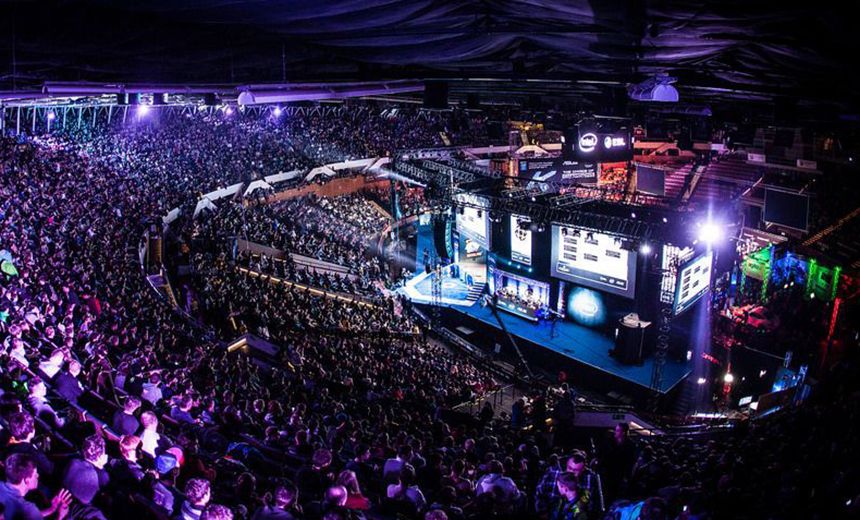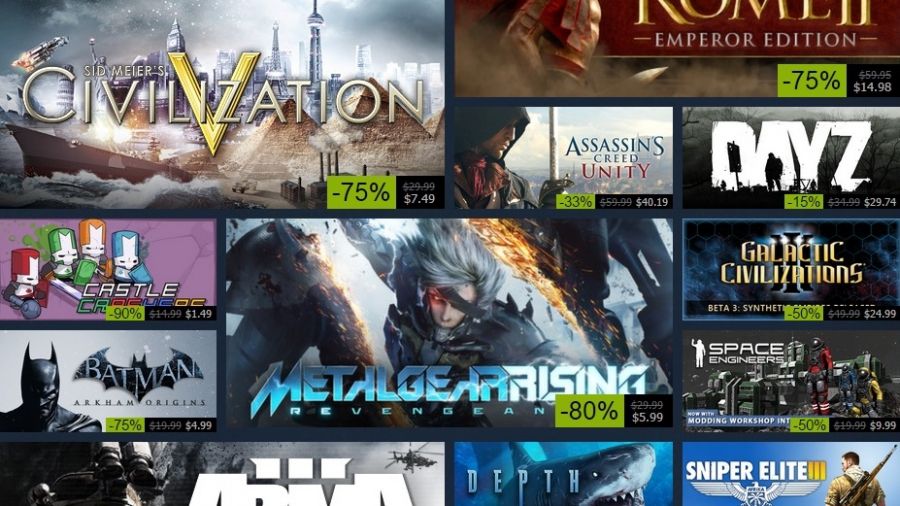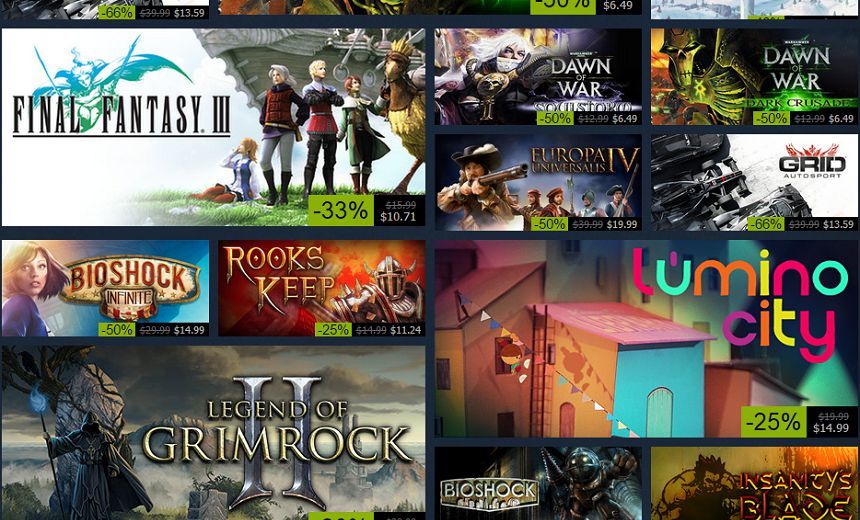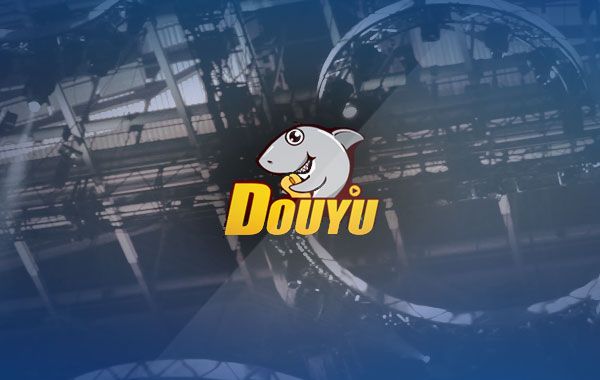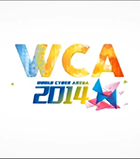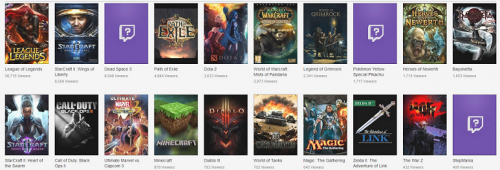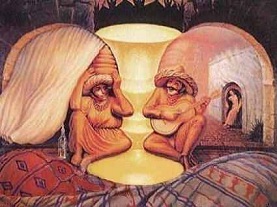
*This article is targeted at general players (public to mid-skilled).
The rapid keystrokes and mouse clicks of a StarCraft player can sometimes tease the clueless observer, who is unable to appreciate the demands it poses on dexterity and precision. No doubt it is no different for a game of DotA, yet DotA appeals to the wide-eyed generation of computer gamers – in Karl Marx’s words, it is the ‘opium’ that commits millions to a repetitive scenario where ten players pit themselves against each other on equal teams.
But what are the hidden, almost mystical subtleties of DotA that draw the average gamer into devoting hours of practice or perhaps just into senseless self-indulgence? My answer to that is possibilities – the idea of limitless potential and variation that can be achieved from the minute the player purchases his hero till the destruction of the world tree/frozen throne. The exploration and manipulation of these possibilities to achieve victory is what distinguishes players in DotA.
DotA is unlike the conventional computer game in terms of its rewards. How is it that players are hooked onto a virtual reality that resets itself and any tangible mark of progression after sixty minutes (or so)? Online games feature concepts such as Experience Points, Gold or Skills that quantify a player’s progression through the game and motivates him to continue playing. DotA does so in a time frame that hardly ever extends beyond an hour. The goal is no longer indefinite – it peaks at level 25 and then everything slowly plateaus.
Hence, I believe the fundamental enticement of DotA which will ensure its dynamic future is how we are driven to explore and inhabit the various roles open to us within a single game itself – roles as defined by two concepts which I will analyze in the article. They are hero selection and equipment. These two principles hinge on an interaction between roles and goals where they define the other in a reciprocal fashion. Of course, the ultimate goal would be to claim the opposing base but this can be subdivided into gradual steps – something along the idea of “Dagger by Minute 15”which will complement the role of, say, a ganker.
Hero Selection:
This is the first step of every beginner – the ‘hero’ model is the most salient and corporeal form of a player’s virtual identity in DotA, while the characteristics that he embodies (skills, stats, etc) as well as his commodities (items, gold, etc) are secondary and only arrive upon a deeper understanding of the game and the nature of strategic play within DotA.
There are currently 106 different heroes within the game, each possessing a set of four unique abilities. As a precept, this already presents an astonishing level of variability between the interactions of two heroes alone, not to mention two teams of five playing against each other. This level of variability is further compounded when we consider the hierarchy of roles that the heroes of a team can take up (support, carry, etc). For example, there are more than a few ways to play a Venomancer, an Ancient Apparition, a Windrunner and so on.
As such, this is the most basic principle behind DotA’s ‘enticement’ – the promise that every game could potentially bring about a new set of challenges as well as a new approach to deal with them given your set of skills and position within the game. In this case, how we carry out this approach would be an example of how progression is quantified.
There is also a subtle nuance where the choice of hero mimics the player’s attitudes or personality – something only observed at pub level (public games), of course. Favoring the wind walk ability might suggest a tendency to retreat or inability to confront and make sensible appraisals of dangerous situations. A second example would be favoring heroes high in mobility (Priestess of the Moon, Morphling, Storm Spirit) that might reflect an energetic and high-spirited personality. Lastly, favoring heroes which hone precision (Priestess of the Moon, Kunkka) can indicate a disposition towards risk taking and adventurism.
The above are merely conjectures that should be confronted with a pinch of salt. It is also difficult to ascertain the direction of causality since both suppositions are equally conceivable.
As a further extension, I would like to point out that professional players who take the solo middle lane are often high profile and charismatic types (KuroKy, Yaphets, Dendi, Loda, 430, etc).
Equipment:
My experience with this principle is full of anecdotes, but I will reserve them for formality’s sake. As a beginner, one is exposed to a limited supply of resources (gold) and almost unlimited ways to spend it. This conflict is a challenge for new players. It stands to reason why a cornerstone of good guides is its advice on item builds.
Due to the variability in roles and heroes, items serve to reinforce a hero’s presence and role in the game and in his team (and maybe outline it). For example, dagger reinforces ‘initiator’, Mekansm reinforces ‘support/team player’, and so on.
As much of a drawback it is to new players, once they have crossed over from initial uncertainty into a state where they are familiar and able to make decisions fluidly and dynamically in game, this attraction of ‘possibilities’ surfaces again.
To illustrate my point, let me use the example of Witch Doctor. The hero can be played with a Mekansm, Dagon, Lothar’s Edge, Dagger or even go carry. This potentially expends hours of experimentation and in turn becomes an incentive when a player works with different builds or even comes up with his own (I wonder who was the first to think of the force staff and Bloodseeker combo).
Hence, we arrive at the innovation of new builds and styles of play, which function in a cycle where the former builds on and at the same time feeds on the latter (and vice versa). In fact, the changing metagame is itself a sign of innovation (players are finding new ways and approaches to respond to changes made with each map version).
The underlying attraction of DotA remains the fact that it is a team game that builds trust and synergy. It is a game that allows similar others to congregate, work together and challenge another group. The exhilaration one receives upon pulling off a successful team fight with company you are familiar with and trust is a vivid and poignant experience. At its core, DotA is a MOBA (Multiplayer Online Battle Arena), and friends make the game the unique blend of personalities and styles that it is today.
This idea of role-playing is driven by an objective to improve (be technically and strategically better) which in my opinion, will manifest in the gratification one attains upon every kill and victory (I am no psycho-aural researcher but I sense that it could be due in part to the in-game sounds glorifying kill streaks and good team play). Since concrete progression cannot be clearly appraised, there must be a criterion that assesses progression and that is simply to compete – and competitive DotA is an entirely new arena by itself.
The stage has been set with Dota 2, a game which mirrors its predecessor in virtually all technical and (perhaps) strategic aspects with huge improvements in graphics and in-game platform. I feel this will only serve to draw in new players without dropping its fan base and thus, “Where to, DotA?” can confidently be rebuked with “Dota 2, of course”.
Link(s)
Where to, DotA? #1
Where to, DotA? #2: Ten Steps to Having a Good Game of DotA by HonourGuard
Where to, DotA? #3: DotA, eSports, Games, Sports by shostakovich


